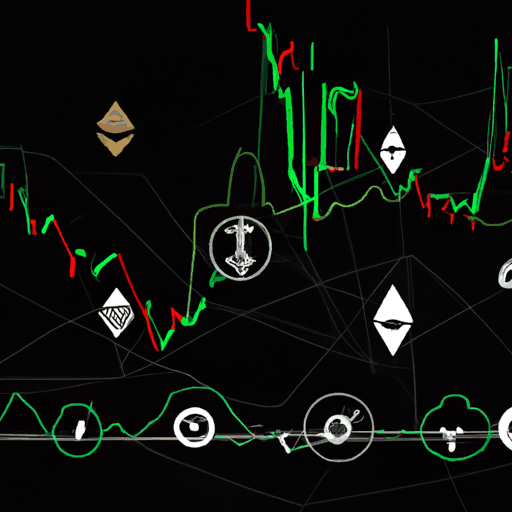
Changpeng Zhao Calls For Utility Innovation Amid Growing Memecoin Craze
By: Eliza Bennet
Changpeng Zhao, the founder of Binance, recently expressed his concerns over the rapidly growing trend of memecoins, which he described as “a little weird.” In a post on X (formerly Twitter), Zhao noted the memecoins' increasing popularity but emphasized their lack of real-world value. He encouraged developers to focus on building blockchain applications that have tangible utility rather than relying on short-lived trends that often rely heavily on social media hype.
Recent events have heightened Zhao’s concerns, particularly controversies surrounding certain memecoin launches. A notable example is the Solana-based memecoin deployer Pump.fun, which faced criticism after some issuers used its platform to distribute content tied to NSFW material, even using threats to manipulate token price targets. Zhao clarified that he does not intend to eliminate memecoins; rather, he wants to inspire developers to build products with more practical applications.
Despite the controversies, the memecoin sector remains one of the fastest-growing in the cryptocurrency landscape. Retail investors are drawn to memecoins by the potential of massive returns, often ignoring the inherent risks involved. This interest has propelled memecoins back into the limelight during the current bull market cycle. DWF Labs recently announced a $20 million fund dedicated to investing in memecoins, highlighting the sector's growing institutional interest.
The market cap of memecoins has surpassed $120 billion since the last US presidential election, reflecting their rising popularity. Some crypto analysts predict that the memecoins' market cap could reach $200 billion, driven by increased market liquidity and a bullish market sentiment. The debate around memecoins continues within the cryptocurrency community, with some supporting Zhao's call for utility-driven innovation while others defend memecoins as a crucial aspect of crypto culture that could facilitate retail adoption.



